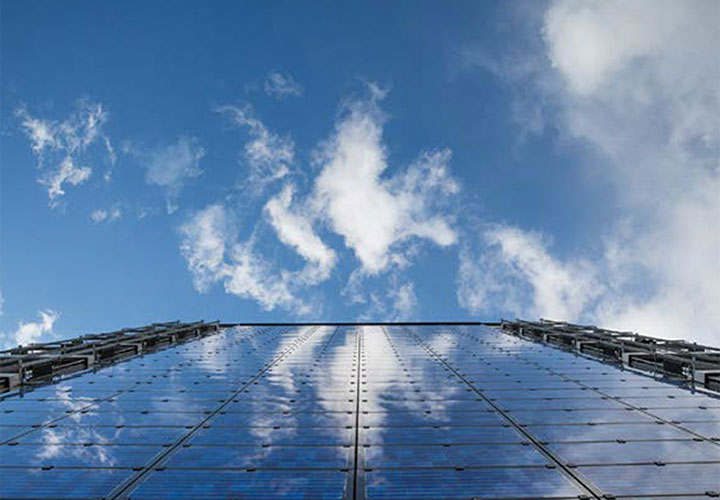COMMERCIAL GRID CONNECTED SOLAR PV
Solar is a great investment no matter which way you look at it. Our professional an qualified team are here to help guide our clients towards selecting the solar system/investment that is right for their individual application and energy goals. Our team can deliver energy systems with payback periods as little as three years, with annual returns from 10 to 15%. Don’t hesitate to contact one of our team members for honest and open advice.
Thinking about solar and don’t know where to start
Should I invest in solar energy? The answer is almost certainly yes. Solar is a great investment, but what products, system design and system size are the more complicated questions the answers of which often depend on what the end user is trying to get out of the investment.
When it comes to a solar investment, there are usually two competing economic factors,
- Payback Period (the time it takes to recoup your capital spend through energy savings)
- Total savings
Savings come in two forms,
- Self consumption (the energy that you consume directly from your solar energy system. Usually peak energy demand ranging from $0.18 to $0.40/kWh)
- Feed in tariff (Credits for energy fed back to the grid. Usually $0.099/kWh)
The system with the shortest payback period (largest return on investment) will usually be an energy system in which 100% of the generated power is consumed at peak rate. (2,3,4 years).
The catch is, that this is achieved by installing a relatively small energy system, resulting in relatively small solar production and overall savings. (Although you recoup your investment quickly, you are still left with a large percentage of your energy bills.
The system that offers maximum savings and reduces your energy bills to $0, on the other hand, will require the largest capital outlay, and take the longest to recoup the initial capital outlay. To bring energy costs down to $0 the client can either go completely off-grid, (solar, requires batteries and a backup generator as a minimum) or will install a large solar system, feeding most energy back to the grid. Either way, the payback period is likely to be 10 years or sometimes longer.
It is our job to consult with you in order to identify your energy goals, then identify the optimal energy solution for you. Please answer the following questions to give our engineers enough information about you and your goals to identify your optimal renewable energy solution.
How are savings from Grid connected PV calculated?
There are two main ways of saving with solar PV, Peak Self consumption and the feed in tariff.
Self consumption (energy consumed directly from the PV system) represents the largest savings as it usually results in savings equal to the client’s peak energy rate. (usually between $0.20c/kWh to $0.35c/kWh.
Feed in tariff (credits applied to the client’s bill for PV energy sold back to the grid) Currently there are two different minimum feed in tariff rates, “Single Rate” $0.9.9c/kWh and “Time-Varying” which consists of three rates, (shown below)

As of the first of July 2019, these rates will change to “Single Rate” $0.12c/kWh and “Time-Varying” which consists of two rates, $0.099 to $0.14c/kWh. (see below)

IF the solar system produces 20kWh in a day and all of the energy is consumed at a peak rate of $0.24c/kWh, then the client will save $4.80 that day.
IF 50% of that energy were to be sold to the grid on a single rate tariff the client would save (10 X $0.24) + (10 X $0.099) = $3.39 that day.
ECONOMIC EXAMPLE
The installation of a battery will save the client the difference between the peak rate and the feed in tariff.
IF the solar system produces 20kWh in a day and all of the energy is consumed at a peak rate of $0.24c/kWh, then the client will save $4.80 that day.
IF 50% of that energy were to be sold to the grid on a single rate tariff the client would save (10 X $0.24) + (10 X $0.099) = $3.39 that day.
The inclusion of a 10kWh battery would save the client the 100% peak rate less energy lost due to battery/inverter inefficiency, (around 8%) (10 X $0.24 X 92%) = ($2.21 + $2.40 =$4.61)
Power Diversion
In many cases, a home or business may not have the ideal load profile to utilize solar. Clients in this situation will often think about installing a backup battery system, only to quickly realize that such an investment can often be cost prohibitive. An easy and very cost-effective solution is the installation of a power diverter, or some in home automation. Power diverters such as Catch Power, or the AWS SunMate can divert excess renewable energy away from feeding energy to the grid to be used on site. Power diverters are often used for thermal energy storage such as heating a hot water tank during the day, rather than at night, or preheating in floor slab heating from excess solar, rather than consuming that power from the grid later at night. In many cases, due to the low cost of installing power diverters, the inclusion of such a system can reduce the overall payback period of an energy system, while increasing yearly savings.
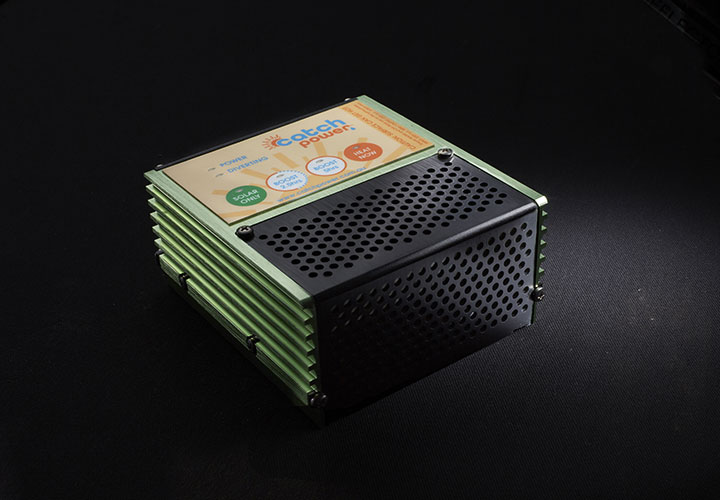
POWER DIVERTER GRAPHS
The graph shows a residential load profile with 19kWh of standard energy use and 12.5kWh of hot water demand. In this instance, most of the solar energy produced is fed to the grid, while 12kWh of solar energy is consumed from the grid during off peak times to heat the hot water tank. (Hot water load shown in green)
A power diverter will monitor the current flow at the main switchboard. When solar produced energy begins feeding back to the grid, the power diverter will send it to the hot water tank, (or automate other loads) resulting in significantly improved economics and a much shorter payback period for the homeowner.
The graph shows 100% of the hot water demand can be met through solar, meaning that no power is imported from the grid to heat the tank.
FINANCING SOLUTIONS $0 up front
ANOVA energy can select a financing solution that will allow the client to save more money in the first year than they make in instalments on the system. The finance chant shown here is from an actual client showing that they saved 38.4% in electricity costs in the first year.
ANOVA is happy to work with our clients to expertly design energy system/finance packages with the aim of reducing running costs while investing in a new asset. This method means that the owner doesn’t need to spend a single cent to get a system installed. ANOVA can simply replace a percentage of an existing expense and turn it into an investment that will yield returns for the next 25 years.
Overcoming shading, mismatched panels, different orientations
Solar arrays are usually installed in series just like Christmas tree lights because installing in series increases the voltage while maintaining a low current. This means low losses due to resistance and a more efficient energy system. The downside of this, however, is that shade on one PV module can dramatically affect the output of the entire string of panels. Shade on one module is the same as shade on every module in the string. This can be a big issue when installing solar on a roof that is subject to shading.
The same issue arises when trying to install solar modules facing in different orientations. The output of the system is limited by the module in the lowest light.
What is the solution?
So if a roof has some shading issues and requires solar modules to be installed in a variety of different orientations, what is the solution?
There are two technologies that can overcome transient shadow, mismatched panels or panels in different orientations. DC optimizers, and micro inverters. We will discuss the pros and cons of both below.
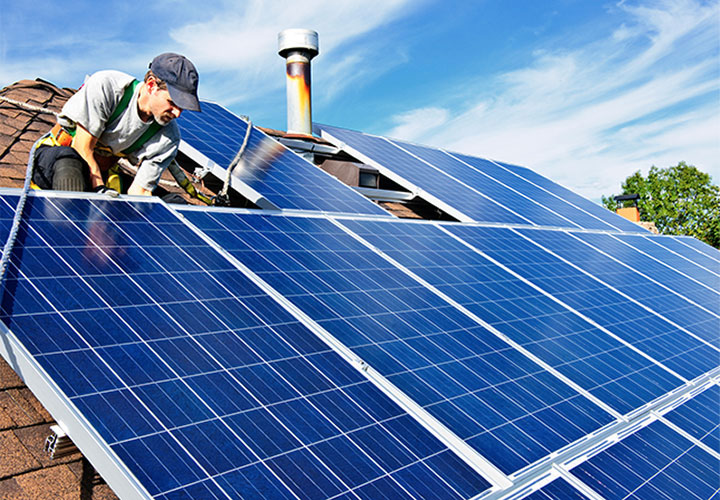
DC optimizers
DC optimizers do exactly what the name suggests. Optimize the circuit on the DC side before the energy reaches the inverter. The advantage of optimizers is that shade on one module will not have a detrimental effect on the output of the whole array. They also increase the safety of the system and allow for module level monitoring. Module level monitoring is a fantastic addition to any energy system, as with a centralized inverter system, there is no way of knowing if one module is damaged or underperforming. Optimizers allow for solar modules to be installed facing any angle with differences between modules making little to no difference in the performance of other modules.
What are the cons? Cost. Optimizers cost more than string inverters and require longer to install. In a situation where there is little to no shade and all modules can be installed in the same orientation, we often recommend simple string inverters as the most cost-effective solution.

SOLAR EDGE
Solar Edge are a leading optimizer company offering module level DC optimization and a range of solar edge inverters.
Pros: Complete system with a single monitoring platform.
Cons: Every module requires optimization.
Set string voltage means that many larger solar edge inverters are not suitable for installation on a residence (high string voltage). Still requires a string inverter to be installed

TIGO
Tigo also offer module level monitoring and increased safety features while optimizing DC power to avoid reduced yields due to shade, soiling, mismatch and differences in orientation.
Pros: Tigo optimizers can be installed on all or just one module, meaning that in many cases, the capital cost can be greatly reduced while avoiding reduction in yield due to a small number of modules.
Cons: Tigo doesn’t offer an inverter, meaning that the end user will likely end up with multiple monitoring platforms.
Still requires the installation of a 3rd party string inverter.
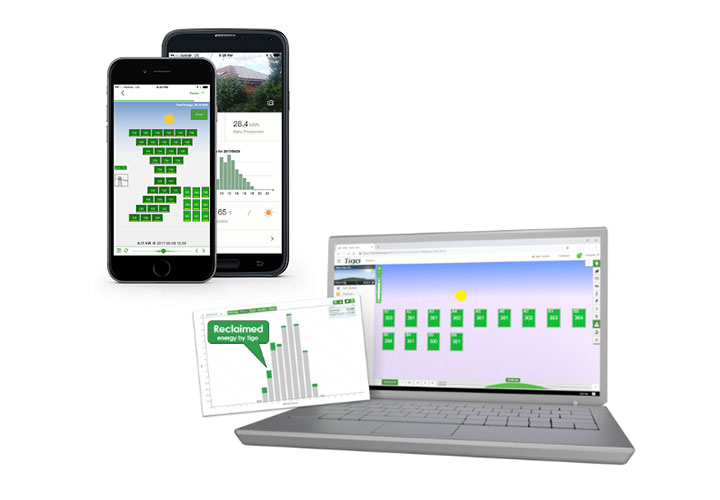
Micro Inverters
Micro inverters not only allow for MPPT tracking (or optimization) at a module level, but also inverter the power from DC to AC at a module level. They have module level monitoring and overcome mismatch, shading and variations in orientation of modules.
Pros:
- Doesn’t require the installation of a string inverter
- Has module level monitoring
- Removes the requirement for long DC cable runs
Cons:
- Slightly lower efficiency when compared to string inverters
- Micro inverters can be more costly than optimizers
Enphase micro inverters are a world leader in micro inverter technology.

SOLAR CARPORTS/ELEVATED SOLAR PLATFORMS
Many businesses are now opting to install solar carports or elevated solar platforms in situations where roof space is limited or where plant equipment is taking up roof space. In a situation where standard carports or car park shading is being considered, a solar car port can do the same job, but pay for itself at the same time. Or if the roof of a building is covered in plant equipment, ANOVA energy can offer a range of solutions from turning a carpark into a solar farm to building an elevated structure over plant equipment on the roof of a building, we can provide high quality, fully engineered solutions. Contact one of our engineers today to discuss your project.
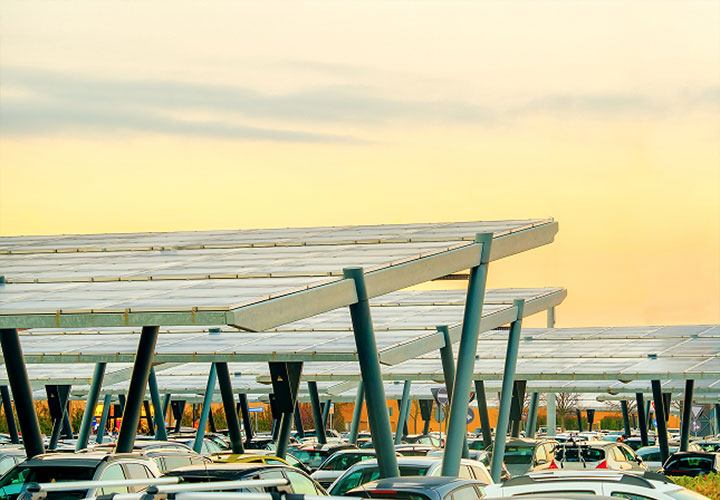
Solar Farms/Utility scale solar
ANOVA Energy can offer Engineering, Procurement and Construction (EPC) services to the utility scale energy industry. ANOVA has gained a wealth of experienced delivering multi-million dollar projects across the state, are financially secure, professional and experienced. Our team consists of seasoned project managers, engineers and A grade electricians/installers. We have a 100 + workforce of directly employed technicians and have the experience, work ethic and knowledge to deliver projects of any scale. Please contact or project development team to discuss our process for the delivery of utility-scale energy projects.
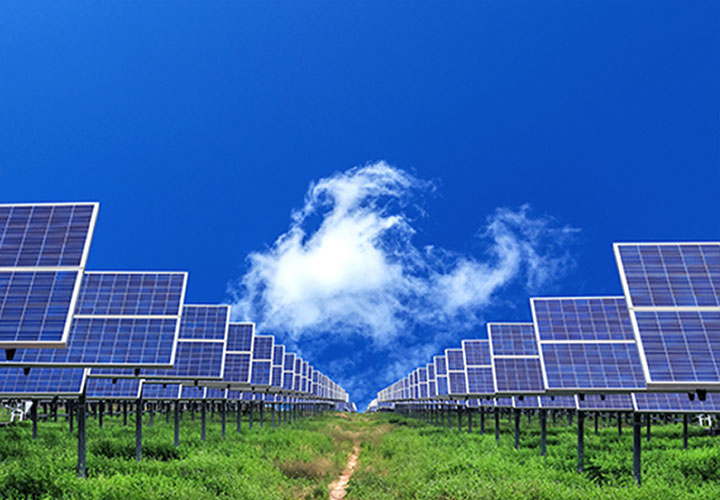
BUILDING INTEGRATED PV (BIPV)
For projects where aesthetics of utmost importance, building integrated photovoltaic. (BIPV) may be the solution. There is a range of Solar windows, Solar glass and solar tiles currently available to allow for stylish, efficient and 0 emission energy production. Members of our team have experience with solar windows, custom built solar installations and solar tiles. Please contact our team to discuss BIPV options.
